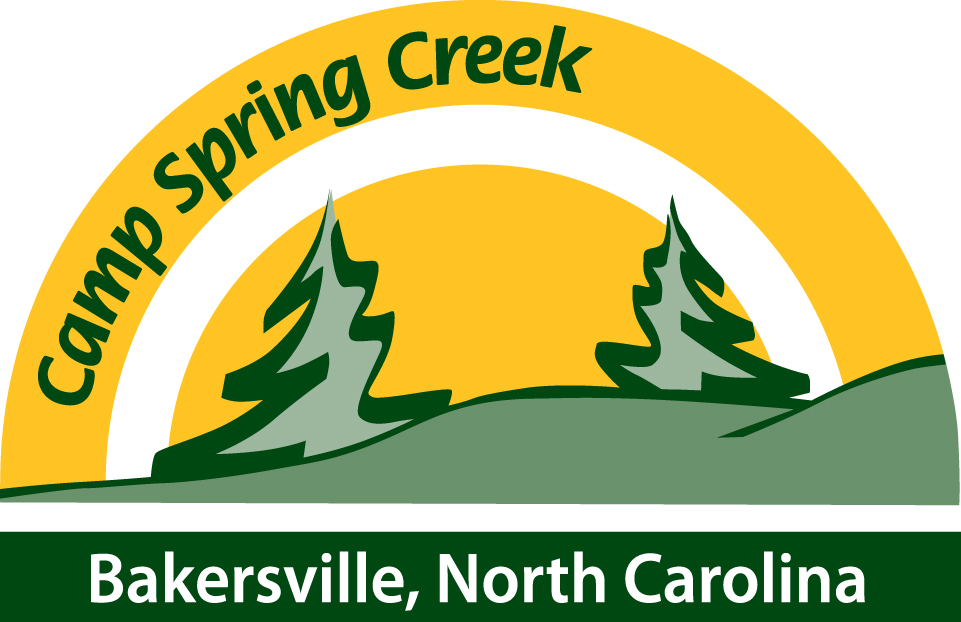 Pete Wright is an attorney who represents children with special educational needs. In second grade, Pete was diagnosed with learning disabilities including dyslexia, dysgraphia and ADHD. He was fortunate—his learning problems were identified early. His parents obtained intensive Orton-Gillingham remediation for him by Diana Hanbury King. Pete's determination to help children grew out of his own educational experiences. While attending Randolph Macon College, Pete worked in a Juvenile Training School as a houseparent. After graduation with a degree in Psychology, he worked in another Juvenile Training School and ultimately was honored as Virginia's "Juvenile Probation Officer of the Year." During that time, Pete was also attending evening college in a graduate psychology program at Virginia Commonwealth University. In 1977, Pete graduated from T. C. Williams Law School at the University of Richmond. In 1993, Pete successfully represented Shannon Carter, a child with dyslexia, before the U. S. Supreme Court. (510 U.S. 7) This landmark, 9-0 decision, resulted in the Carters, and many parents since, being able to recover the cost of their child’s private, Orton-Gillingham, special education tuition. We were honored to interview him.
Camp Spring Creek: It’s been so moving for us to review and share your story over the past week and half with our readers, so let us begin by saying “thank you” on behalf of all parents, children, and advocates in the learning differences field. We’re thrilled that your grandson will be joining us at camp this summer. We know that dyslexia is genetic and that both you and your grandson have been diagnosed with it. Were you the first to recognize this learning difference in your grandson? What do you hope he will gain from Camp Spring Creek?
Pete Wright is an attorney who represents children with special educational needs. In second grade, Pete was diagnosed with learning disabilities including dyslexia, dysgraphia and ADHD. He was fortunate—his learning problems were identified early. His parents obtained intensive Orton-Gillingham remediation for him by Diana Hanbury King. Pete's determination to help children grew out of his own educational experiences. While attending Randolph Macon College, Pete worked in a Juvenile Training School as a houseparent. After graduation with a degree in Psychology, he worked in another Juvenile Training School and ultimately was honored as Virginia's "Juvenile Probation Officer of the Year." During that time, Pete was also attending evening college in a graduate psychology program at Virginia Commonwealth University. In 1977, Pete graduated from T. C. Williams Law School at the University of Richmond. In 1993, Pete successfully represented Shannon Carter, a child with dyslexia, before the U. S. Supreme Court. (510 U.S. 7) This landmark, 9-0 decision, resulted in the Carters, and many parents since, being able to recover the cost of their child’s private, Orton-Gillingham, special education tuition. We were honored to interview him.
Camp Spring Creek: It’s been so moving for us to review and share your story over the past week and half with our readers, so let us begin by saying “thank you” on behalf of all parents, children, and advocates in the learning differences field. We’re thrilled that your grandson will be joining us at camp this summer. We know that dyslexia is genetic and that both you and your grandson have been diagnosed with it. Were you the first to recognize this learning difference in your grandson? What do you hope he will gain from Camp Spring Creek?
Pete Wright: No. Both my son and daughter-in-law recognized these issues early on, in part because of knowing my history and my son’s own personal experience with LD in his early elementary years. My grandson’s biggest issue is more dysgraphia than anything. He is very, very bright and yet, because of the dysgraphia, and being so far behind his peers, he feels very inadequate and it’s having an adverse impact on his self-esteem and perception of self. I’m hoping that, as his written language skills improve and increase, the self-esteem and emotional issues that relate to that will dissipate.
I can tell you from my own personal experience and having worked with so many kids since the ‘60’s, that children with dyslexia, dysgraphia and dyscalculia, often feel stupid because of their inadequate skills and they get depressed. When that happens, many individuals recommend counseling and therapy. I disagree. I have always taken the position with my clients that we have to teach the youngster how to read, write, spell, and do arithmetic and the self-esteem will improve, the depression will go by the wayside, and things will turn around. Almost always, that has been the case.
CSC: You were diagnosed with dyslexia before it even had an official name in the United States. Now, as a result of your work and Wrightslaw, “dyslexia” is much more of a household word and many parents of children with learning differences now understand that their children have a legal right to equal education opportunities. We’ve come a long way. That said, you’re still hard at work. What do you see as some of today’s greatest remaining challenges in the LD advocacy and legal rights world?
PW: I was actually diagnosed with Strephosymbolia, also known at that time, as Word Blindness. (See my YouTube video about Strephosymbolia and Dr. Orton.) Strephosymbolia was the word used by Dr. Samuel T. Orton on July 25, 1925 when he presented the concept to the American Neurological Society. Strephrosymbolia later became known as dyslexia, dysgraphia and dyscalculia.
From a legal perspective the word “dyslexia” has been in the special education statute since 1975 when the Education for All Handicapped Children Act was passed. (It is now known as the Individuals with Disabilities Education Act, i.e., “IDEA 2004.” The last revision was in 2004.) Even though it has been in the law as a part of the definition of a learning disability since 1975, some special educators and school psychologists around the country deny that it exists or assert that it’s a medical issue, not an educational issue, and it’s not covered by the federal special education law. This tells you that they have not looked at either the law or the Diagnostic and Statistical Manual of Mental Disorders (DSM-5) which identifies it under “Specific Learning Disorder” subtype, “Impairment in Reading.”
Because of resistance in some school districts, parents have formed Decoding Dyslexia groups nationwide and approached their state legislatures to put the word in the state statute, define it, and also define the nature of services that children with dyslexia are supposed to receive. As a result, a number of states have since passed statutes that define dyslexia and spell out what needs to be done. The definition used by most of these states, word for word, tracks the definition used by the International Dyslexia Association (IDA).
The big challenge will be to change the outdated beliefs of many special education administrators and school psychologists in the bureaucratic sector and also those in the trenches working with the kids—getting them to accept that they do have to teach children with dyslexia the proper way so that the children will learn how to read, write, spell, and do arithmetic. Using talking books, having others read textbooks aloud to the child or having others write for the child, becomes the focus, that is to provide modifications and accommodations, rather than teaching the critical reading, writing, arithmetic and spelling skills. Sadly, it is often rooted in the belief that, because the child has dyslexia, the child cannot learn how to read or write, spell or do arithmetic. The heavy reliance on modifications and accommodations does not help the child in later years, once they’re out of school and employed.
CSC: Many famous dyslexics have been interviewed about their struggles with early education and have moving stories to share about how they finally moved past their learning differences and were able to see them as learning advantages. Did you experience a similar pivotal turning point in your own education? If so, please tell us about that moment or realization:
PW: In 1952, at the beginning of my second grade year, I was totally illiterate. I could not read, write, spell, or do arithmetic. My parents were told that I was uneducable and that nothing could be done. They were also told that I was mentally retarded and emotionally disturbed. Fortunately a private evaluation identified me as having “Strephosymbolia" and my parents were told to find someone skilled in teaching children using the approach created by Dr. Orton and Anna Gillingham. They found Diana Hanbury King who tutored me, every day, one-on-one, after school, using the Orton-Gillingham approach, for two years. Her goal was to get me two years above my age and grade level. Several years later, when I was in the sixth grade, I was tested and my scores were at the eighth grade level.
The changes in me were slow, over two years, during almost all of the second and third grades. Thus there was not a pivotal turning point, or “eureka” moment or realization. I simply learned how to read, write, spell and do arithmetic, at a level surpassing that of my peers.
Diana Hanbury King is now considered to be one of the top experts in the world. Years after working with me, she founded The Kildonan School in Amenia, NY. Last year my grandson spent several days with her as she worked with him and my daughter-in-law. Since then, every day, he works on the exercises Diana created for him and we have seen great progress. It is hard work for him. I remember my own experiences with her and how hard the work was. She is a task-master and has very high expectations. My grandson has become quite aware that putting in the time and working hard is generating great benefits. As expected, at first he complained, but as he saw his own changes in legibility of the written letters, numbers and words, and increased typing speeds, he has become self-motivated.
On another note, there’s a lot of talk about the gift of dyslexia and that dyslexics think outside the box and I agree. But Diana Hanbury King has a different stint on that and she has absolutely nailed it! In December 2012, she spent several days with me and my wife Pam at our home in Deltaville, VA and I did a YouTube interview of her in which she discusses her theory. All parents of children with dyslexia need to see it. It will surprise you and you, too, will agree. I won’t give away her theory here. Seeing it is believing.
CSC: There are so many resources online that are helpful, but the Internet can also be a dizzying place for a parent looking into his or her LD child’s educational rights. For a parent just starting out, what top three links can you share to help them understand their rights and options?
PW: In all honesty, there is nothing that is comparable to our website. We have more traffic than the US Department of Education. We have almost 100,000 subscribers to our online newsletter. If you research something related to special education law, so often Google will take you back to our wrightslaw.com website. Between our Wrightslaw: Special Education Law book, our Wrightslaw: From Emotions to Advocacy book, and our Wrightslaw: All About IEPs book, we have sold almost a half million copies. In my Wrightslaw training programs, (about 25 per year), I tell parents that they have to read our From Emotions to Advocacy book three times. The first read is an emotional roller coaster for the parents. The second read they can digest it and highlight and take notes. The third read is the synthesis of the second read and putting it all together.
